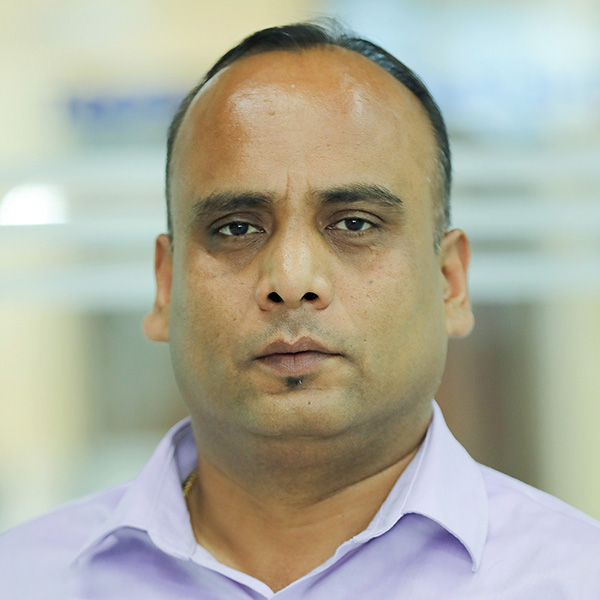Miscellaneous
‘No joint communiqué’ as PM Oli wraps up India visit
Prime Minister KP Sharma Oli returned home on Wednesday night after completing his six-day visit to India.
Anil Giri
Prime Minister KP Sharma Oli returned home on Wednesday night after completing his six-day visit to India.
Though PM Oli has maintained that his visit was “highly successful” in clearing the misunderstandings that had surfaced after the promulgation of the constitution, no joint communiqué was issued at the end of the visit, in a major departure from the tradition.
According to highly placed sources on both sides, India’s reservations (about some constitutional provisions) continue to persist, as a result, the visit ended without issuing a joint communiqué.
A joint communiqué has been the tradition at least since 1990 when Nepali heads of state or government visit India. Nepal’s Ambassador to India Deep Kumar Upadhyay confirmed that there was no joint communiqué after PM Oli ended his state visit to India, largely due to lack of interest from the Indian side.
Officials privy to the visit told the Post that despite initial preparations in New Delhi to issue a joint communiqué and senior officials from both sides working hard to finalise the content and wordings, India’s refusal to categorically “welcome” Nepal’s new constitution became the sticking point.
Until Wednesday afternoon, Joint Secretary Prakash Subedi, who looks after India Desk at the Ministry of Foreign Affairs, and Abhay Thakur, joint secretary (North), in-charge of Nepal and Bhutan in New Delhi, were working on the joint communiqué, but they could not finalise it after they failed to agree on the content and wordings.
Nepal’s Ambassador to India Upadhyay and Indian Ambassador to Nepal Ranjit Rae were also helping to find a way out to finalise the communiqué, but to no avail, said a member of the Nepali delegation.
It must be noted that a day after PM Oli reached New Delhi, Indian Prime Minister Narendra Modi on February 20 though had called Nepal’s constitution “an important achievement”, he had dropped a word of caution for the Nepali leadership, saying “… but its [constitution’s] success depends on consensus and dialogue.”
Modi had added, “I am confident that you [the Nepali leadership] will take Nepal on the path of peace and stability by resolving all constitutional issues through political dialogue and by taking along all sections of Nepal.”
Addressing a press briefing on February 20, Indian Foreign Secretary S Jaishankar too had reiterated Indian PM Modi’s stand. “While acknowledging the two amendments which were passed by Nepal’s Parliament as positive steps, PM Modi expressed hope that all political parties of Nepal would similarly come together in the spirit of consensus and dialogue and successfully resolve the remaining constitutional issues in a time-bound manner,” Jaishankar had said.
The Indian side told the Nepal side that of late India has stopped issuing joint communiqué during the visits of heads of state or government and that they are now following this new practice, according to Ambassador Upadhyay.
Traditionally, particularly since 1990, at the end of the visits of head of state and head of government of Nepal to India, a joint communiqué used to be issued, which
carried the spirit of the visit, reflecting the matters discussed and laying down the roadmap for further cooperation.




 14.12°C Kathmandu
14.12°C Kathmandu








%20(1).jpg&w=300&height=200)

